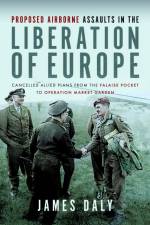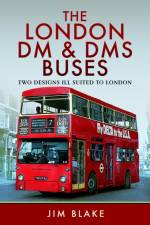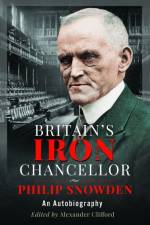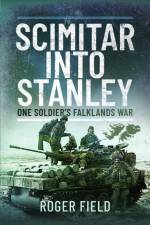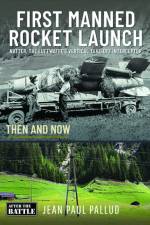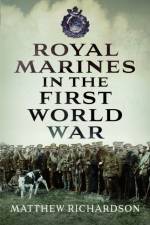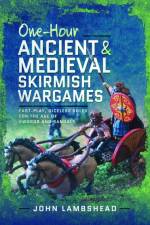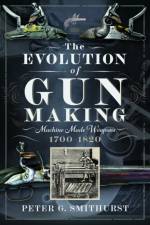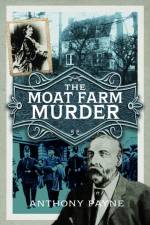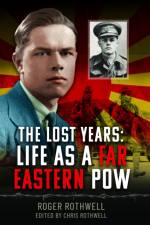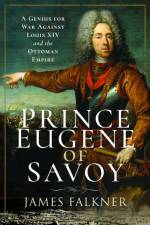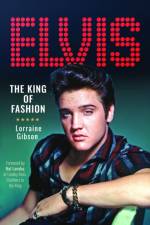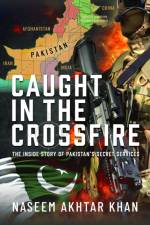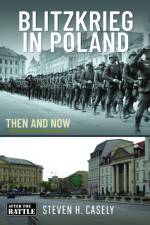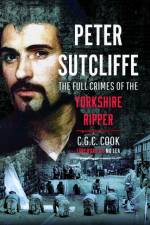av Lorraine Gibson
291
Elvis PresleyâEUR(TM)s life was the ultimate rags to riches story, and it was the rags, as much as the riches that drove him, defined him, and made him the global icon he is today. Born in a shack in AmericaâEUR(TM)s Deep South in 1935, to impoverished parents struggling in the wake of the Great Depression, he sprung from a life of deprivation to one of international fame and untold wealth âEUR" all before he was twenty. Brought up dirt-poor, but surrounded by love and music from birth, Elvis was infused with the sounds of gospel and the raw, hard-life blues of the âEUR¿cotton countryâEUR(TM)sâEUR(TM) plantation workers. And when the family radio brought country singers, crooners and spiritual quartets to his young ears, his musical DNA was fully-formed. ElvisâEUR(TM) boarding pass for the rocket-ship to stardom was a voice of liquid gold and his striking appearance upgraded him to a VIP fast-track ticket into the entertainment stratosphere. His unique sense of style and musical talent went hand-in-hand in creating Elvis the Showman. As a teenager, before he sang a note, it was his unconventional look that singled him out among his peers. Later, it was his voice that stopped a conservative 1950s America in its tracks. This book looks at how Elvis broke down cultural and racial barriers and smiled in the face of safe dressing. His bold outfits were his trademark yet, no matter how dazzling, they never outshone him. They were also his force shield, superhero costumes that protected him from anxiety, pain, the glare of the spotlight and, in difficult times, from reality. It considers how ElvisâEUR(TM)s extraordinary style âEUR" as much as his pioneering music âEUR" defined his life and the experiences that he lived through. It includes exclusive interviews with:* Hal Lansky, whose family dressed Elvis for three decades, and who advised Austin Butler on what to wear playing him in the 2022 movie, Elvis. * Award-wining producer director, Steve Binder who resurrected ElvisâEUR(TM) career and put him in that black leather suit for the 1968 Comeback Special. * Butch and Kim Polston, who maintain ElvisâEUR(TM) legacy, recreating his spectacular 1970s Vegas jumpsuits, including those worn by Butler. _Elvis: The King of Fashion_ marvels at how an intensely shy and disadvantaged boy from the wrong side of Tupelo, Mississippi, went from homespun to Hollywood in the blink of an eye and became the most popular, successful, idolized and imitated solo performer of all time. Most of all, it regards the rollercoaster life of Elvis the man through a fashion lens as he strode like a colossus through the world of showbusiness, dressed like The King he never quite believed he was.


